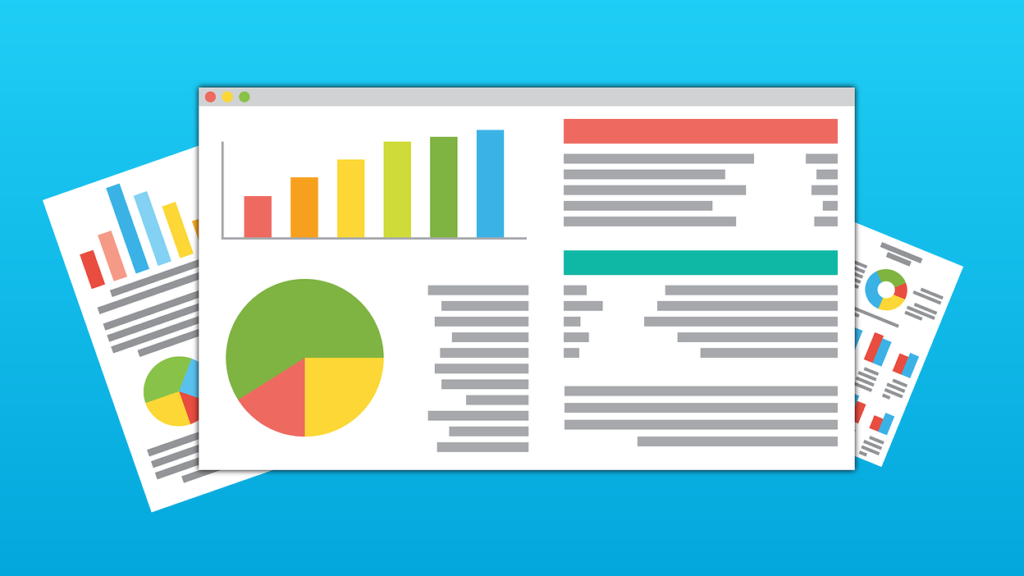Avoiding Analysis Paralysis
 Data-driven decision-making is central to successful annual giving programs. Team members must be able to track progress toward goals, analyze project performance, and assess trends over time to maximize budget, staffing, and results. But facing handfuls of reports, dozens of data points, and sometimes-conflicting indicators of annual giving program health can be overwhelming.
Data-driven decision-making is central to successful annual giving programs. Team members must be able to track progress toward goals, analyze project performance, and assess trends over time to maximize budget, staffing, and results. But facing handfuls of reports, dozens of data points, and sometimes-conflicting indicators of annual giving program health can be overwhelming.
The challenge is that there are infinite ways to interpret annual giving data. There’s no one-size-fits-all approach. Reports, access to different data points, and metrics vary greatly by institution and often change over time even at the same institution. When faced with dozens of facts and figures across multiple spreadsheets, analysis paralysis can set in, and it can be tough to decide how to move forward. So how should you proceed?
Here are a few key steps for maintaining your reporting focus:
First, conduct an audit of your current reports and data points. Determine what reports exist in the database of record and any reporting or data visualization tools you have access to. Partner with development information systems and prospect strategy colleagues to collect a full snapshot of these reports. Don’t forget to consider reporting available through third-party applications or services, such as your email software or phonathon vendor.
Next, assess each report by its ability to guide decision-making. Think about key considerations like your production calendar, budget allocation, and staffing resources. Do the data provide a sense of which initiatives should stop, start, or continue? Is it clear which projects were a success and which weren’t? Are any reports not used? If so, consider what pieces of information could be added to make them useful, or if they should be dropped altogether from production and consideration.
Third, align reports with key performance indicators (KPIs). Annual giving priorities change over time, and reports should reflect those changes. For example, if revenue is the top priority, but staff members are still gauging the success of a mail piece by the number of gifts received, it’s time for a revamp. Ensure the most-used reports reflect progress to goal, year-over-year results, and key trends for the most important metrics.
Finally, consider the end user. A report for a vice president should reflect different priorities than a report for a staff member charged with building a digital solicitation strategy. Consider the intended audience for each report, and explore opportunities to combine reports that reflect similar data, condense reports that have too much information, or share reports with others in the organization who could benefit from access to the information.
The key to avoiding analysis paralysis is to impose some order in the universe. Get rid of reports and data points that no longer serve the team. Add fields or charts where needed to get the full picture of progress. Focusing on your main goals—and the strategies that drive their progress—can ensure the team spends time on the right initiatives. At the end of the day, you manage what you measure, and measuring the right data points can guide you on the path to success.
AGN Members receive unlimited access to our resources, discounts, and other benefits. Click here to learn more.
Want to stay up-to-date on best practices in annual giving? Click here to follow AGN's Page on Linkedin!
